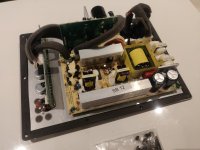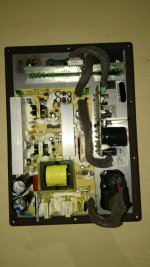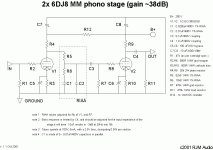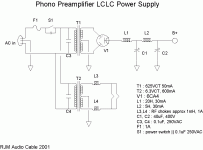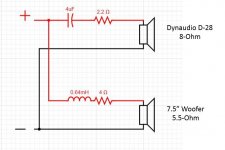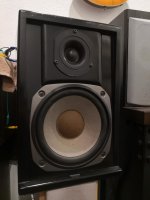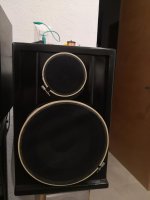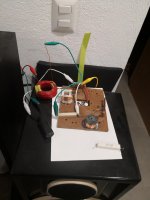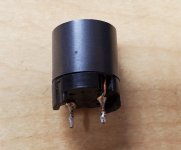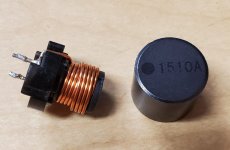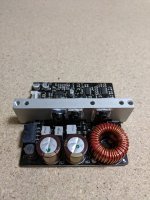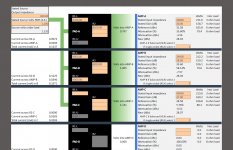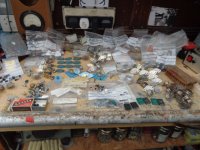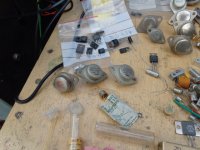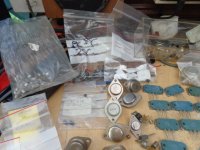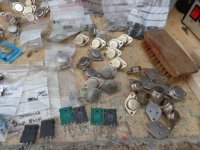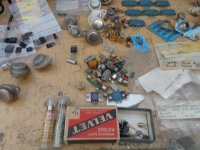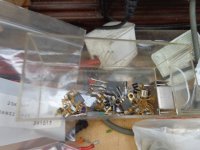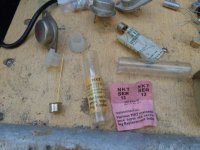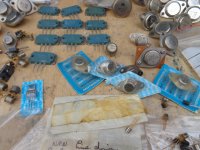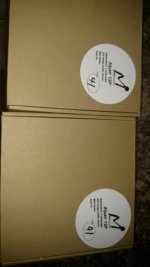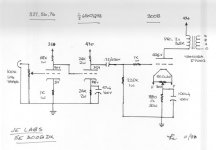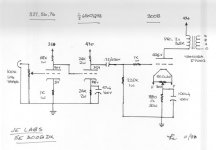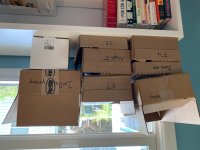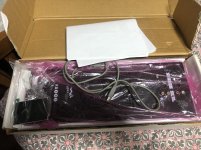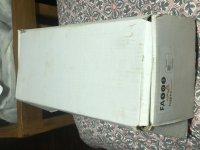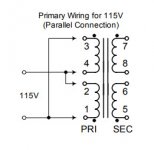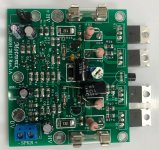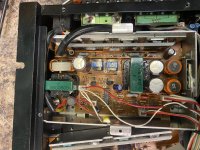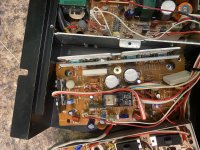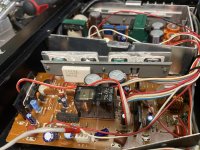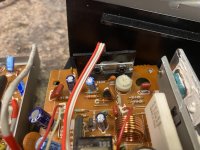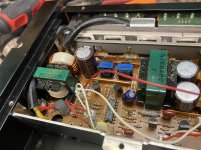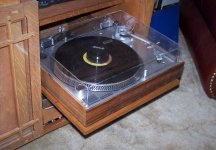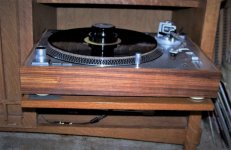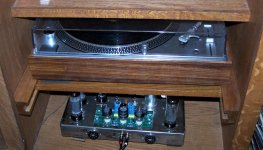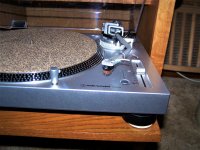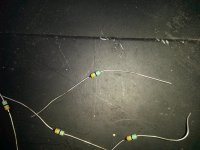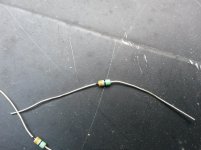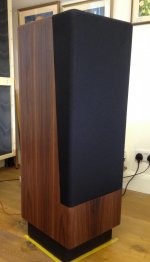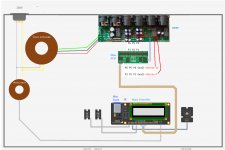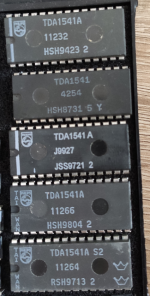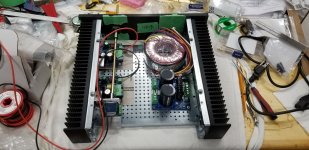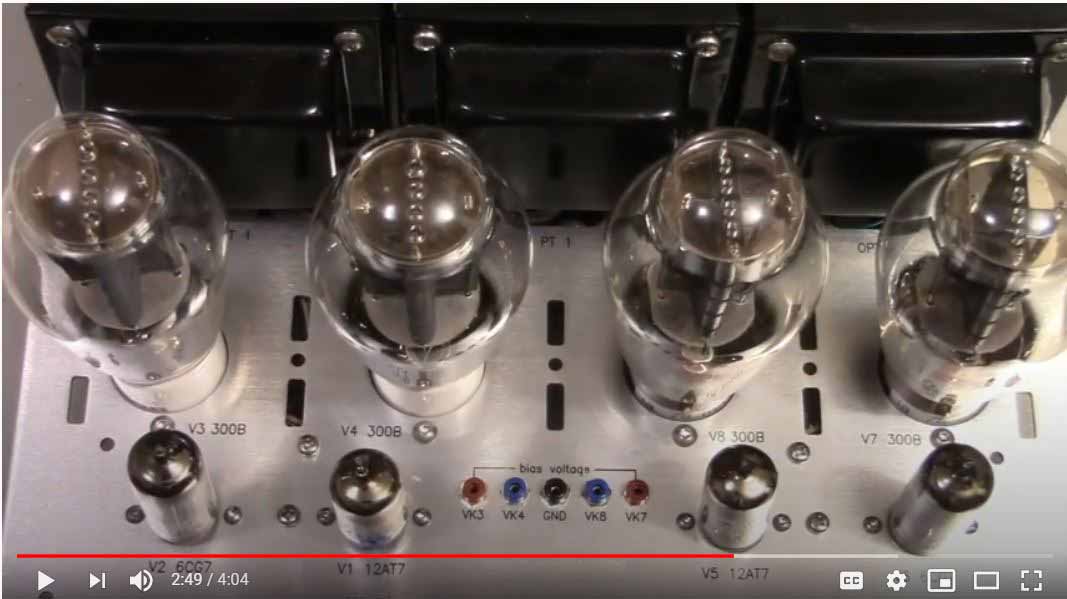After much reading i have built Troels Gravesens Fusion BAD. (pic attached) Why, because he seems to go into every detail and explanation and builds for big companies as well and then gives out free build information. i liked that style.
I think they are great, i think he has done a great job and service, i am listening now, everyone else who has listened says how "out of the box" the sound is, its dynamic, realistic, great bass etc etc.
Its the best sound i have ever heard, but i accept completely there is better to be had, even Troels' own more advanced designs, probably much of what all you guys build.
I have also now read lots more since i built these.
I have done quite a lot to the room, that has helped a lot as well.
I am not dissatisfied at all, more curious, everyone says Open Baffle blow boxes away, so, if i used exactly the same hardware on an open baffle would it be interesting and good, or a waste of time and effort. the baffle could be the same dimensions, i can use the passive crossover i already built for mid/treble and even adjust the bass if necessary as the design has DSP plate amps on the bass....
It may just be that lockdown causes this curiosity, is it worth a project or a waste of time!?
thanks mike
